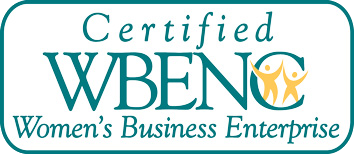Building Better Relationships
How we choose to respond to others sets the tone of our relationships and can make us feel better about ourselves. Psychologist Shelly Gable created a theoretical framework to describe the four ways we can respond to good news. She identified active and constructive responding (ACR) as the most effective way to respond because it provides a positive outcome for both the deliverer of good news and the listener. (The other three ways include passive and constructive, active and destructive, and passive and destructive.)
Why does this matter?
Imagine a teammate tells you they’ve been promoted. You have many ways to respond. An ACR responder might say “That’s great! I knew your hard work would be recognized. Let’s grab a drink after work and you can tell me about your new position.” Their smile, eye contact and attitude shows authentic interest, curiosity, and happiness for someone else’s good news.
A passive and constructive reaction would be something like, “That’s good news.” It’s positive but isn’t active and doesn’t elaborate on the news. An active destructive response might be, “If you take this promotion you’ll be at the office at all hours of the day and night and be even more stressed than you are now.” It elaborates on the news but in a destructive way. The least effective way is essentially a blow off—a passive and destructive approach which would be something like, “Okay, are you ready to go out to the bar now?”
ACR helps develop and maintain strong personal relationships. If you retrain yourself to offer active and constructive responses to the people in your life, you will find yourself feeling more positive and you’ll receive more positive feedback from others. Breaking the habit of making passive or destructive responses can be difficult. To begin, try to make only active and constructive responses for one full day. Over time it will become natural to respond actively and constructively to others’ good news. Remember to make eye contact, smile, and use affirmative nonverbal communication. By making these positive responses, you will make others feel good and will feel genuinely excited about their successes.


